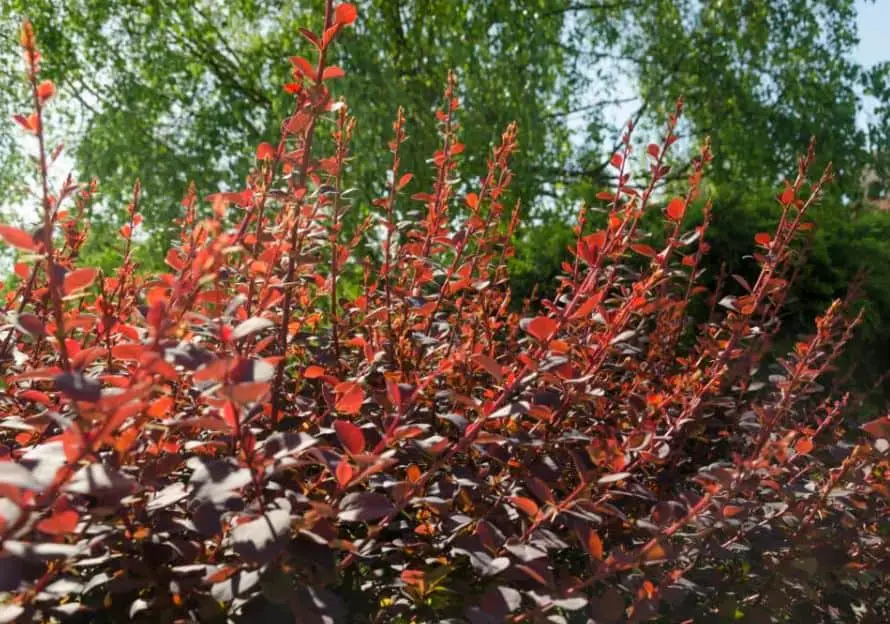Today’s gardeners have access to various plant species thanks to modern botany and breeding initiatives. Numerous plant kinds that were previously inaccessible may now be bought or ordered. We used to be limited by the local flora in our areas, but today we have access to the whole plant kingdom.

Invasive Plants
But that does not imply that specific plants should be grown. Those regarded as invasive or otherwise harmful to the ecosystem must be avoided. This implies that gardeners need to know which plants are forbidden in the United States or their geographic origin. There will be lists of prohibited plants for each county, state, province, nation, and other classification. The indigenous floral community may be saved, and its health can be promoted according to these instructions.
A fast web search will list forbidden plants in Massachusetts or any other location’s recommended species to avoid. A search for prohibited plants in Maine will vary from a search for prohibited plants in Adelaide, Australia, since every plant is unique. All vegetation has a history, but that doesn’t imply it is appropriate everywhere. Lists of prohibited plants vary by location and cannot be generalized. Research is the first step in learning where to discover the plants that shouldn’t be planted in your area.
Where to Find Lists of Banned Plants
You may find information on illegal plants in U.S. states via USDA publications, extension websites, libraries, PSA leaflets, and more. There are publications on forestry and agriculture from the state that identify hazardous, invasive, or poisonous plants. Websites that warn about inappropriate plants for a certain location may be found through a simple internet search.
Even nurseries and garden centers contribute to the spread of knowledge about prohibited plants. Certain plants may be specifically prohibited from delivery to certain locations in garden catalogs. For instance, Texas cannot receive certain citrus kinds. This is done to prevent commercially developed species from becoming cross-pollinated. You should review any lists of forbidden plants every year since they vary. Problematic plants are frequently found in new research and studies. Gardeners must be aware of prohibited plants and steer clear of them.
Why Are Plants Banned?
Plants that are banned from sale, distribution, or cultivation are those with these restrictions. Some invasive plants are called “hitchhikers” because they are mistakenly transported to foreign soil by imported plants, hitchhiking aboard ships. These are forbidden but more difficult to enforce.
The typical gardener greatly influences the spread of restricted plants. We can follow instructions and suggestions regarding plants that might harm our environment. We can protect the environment by eliminating harmful weeds and invasive species. Our harvests may be guaranteed by the simple act of avoiding bringing particular species over state boundaries. The local flora, ecosystems, and crops are all at risk from outlawed plants, which may also lead to erosion and other harm to the land. They often grow invasive root systems, colonize easily, and spread quickly. They may also contain harmful substances that endanger local species.
Several Plants Banned in the U.S.
The USDA Forest Service maintains an extensive list of plants that are not allowed. There is a government list of noxious weeds and plants that cannot be grown on U.S. soil. The second mostly comprises vegetation that poses a danger to the integrity of our crop, such as certain types of fruit trees. Then some plants are native to certain states and may not be cultivated elsewhere, like peyote. Due to their capacity to naturalize, overgrow, and take over local areas, ornamental plants from Asia, Europe, and other nations are also banned to protect indigenous species. Some species are strictly prohibited, while others have regional restrictions. Here are a few instances:
- Kudzu
- Cogongrass
- European Privet
- Chinese Tallow
- Certain Bamboos
- Japanese Knotweed
- Eurasian Water Foil
- Tree of Heaven
- Wild Sugarcane
- European Yellow Iris
- Opium Poppy

